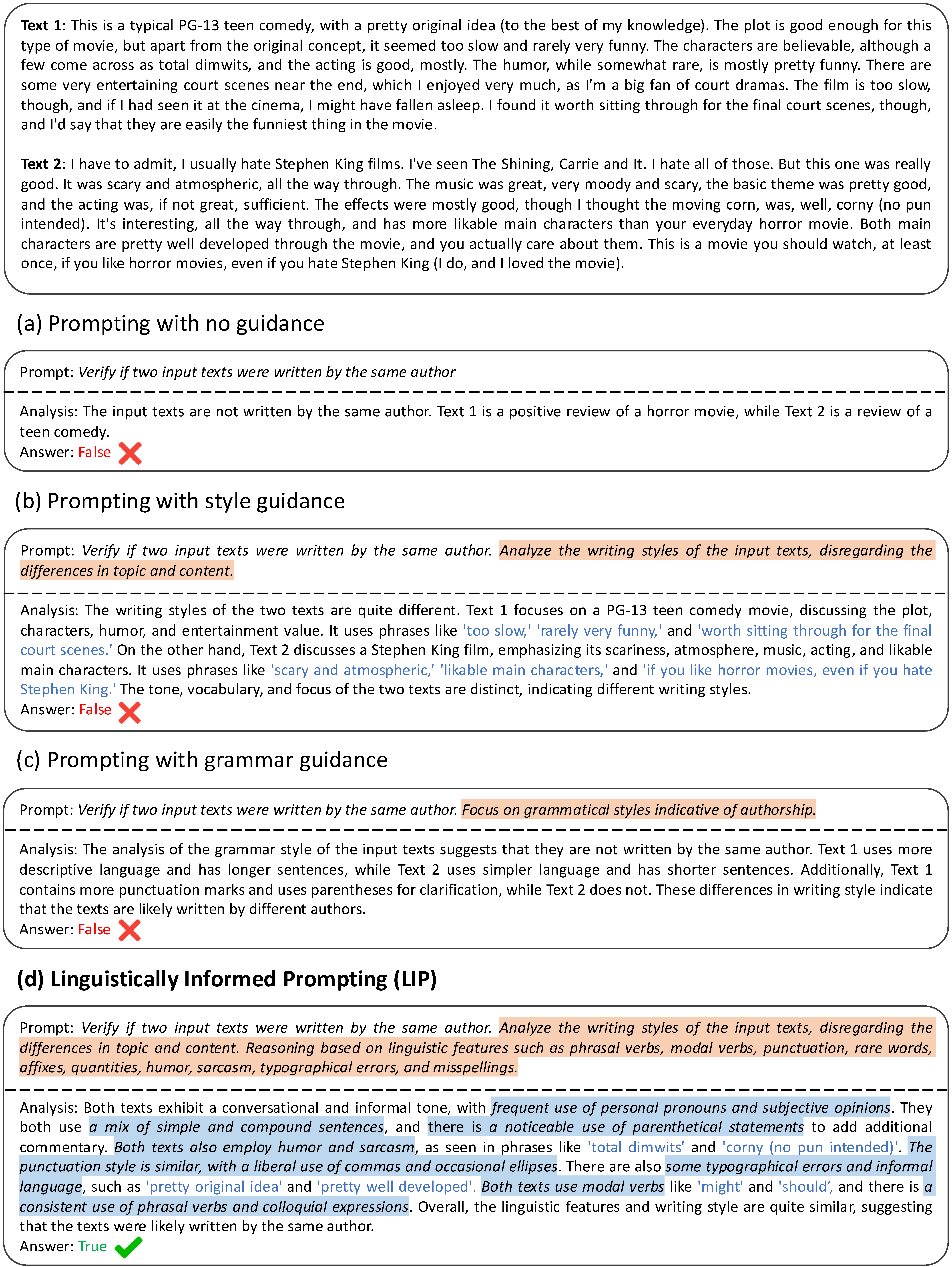
-
Representative Problems in Authorship Attribution:
- Human-written Text Attribution (attributing unknown texts to human authors)
- LLM-generated Text Detection (detecting if texts are generated by LLMs)
- LLM-generated Text Attribution (identifying the specific LLM or human responsible for a text)
- Human-LLM Co-authored Text Attribution (classifying texts as human-written, machine-generated, or a combination of both)
Abstract
Accurate attribution of authorship is crucial for maintaining the integrity of digital content, improving forensic investigations, and mitigating the risks of misinformation and plagiarism. Addressing the imperative need for proper authorship attribution is essential to uphold the credibility and accountability of authentic authorship. The rapid advancements of Large Language Models (LLMs) have blurred the lines between human and machine authorship, posing significant challenges for traditional methods. We present a comprehensive literature review that examines the latest research on authorship attribution in the era of LLMs. This survey systematically explores the landscape of this field by categorizing four representative problems: (1) Human-written Text Attribution; (2) LLM-generated Text Detection; (3) LLM-generated Text Attribution; and (4) Human-LLM Co-authored Text Attribution. We also discuss the challenges related to ensuring the generalization and explainability of authorship attribution methods. Generalization requires the ability to generalize across various domains, while explainability emphasizes providing transparent and understandable insights into the decisions made by these models. By evaluating the strengths and limitations of existing methods and benchmarks, we identify key open problems and future research directions in this field. This literature review serves a roadmap for researchers and practitioners interested in understanding the state of the art in this rapidly evolving field.
